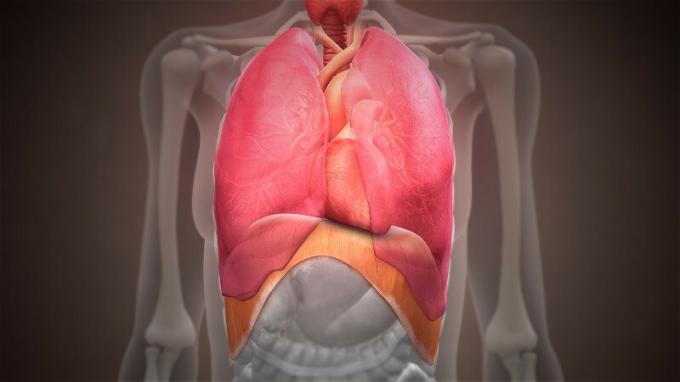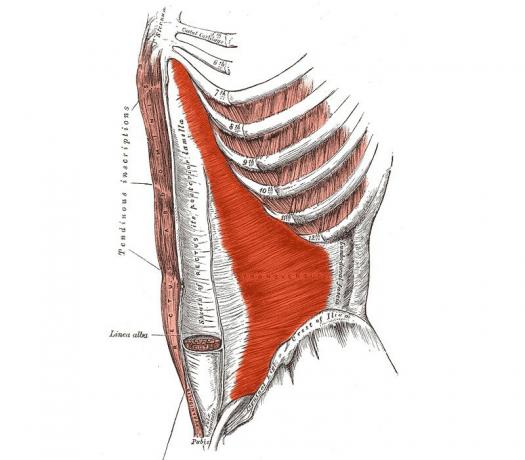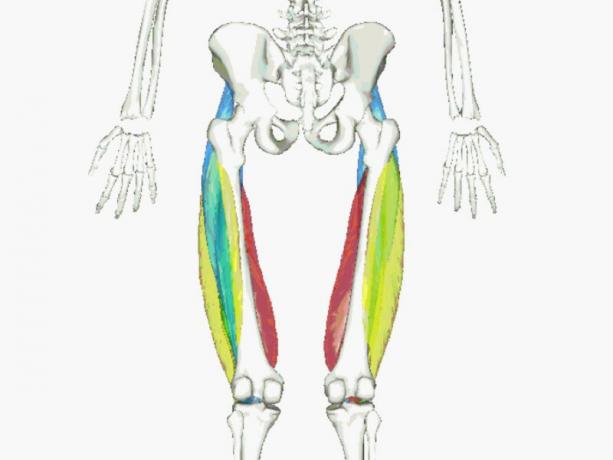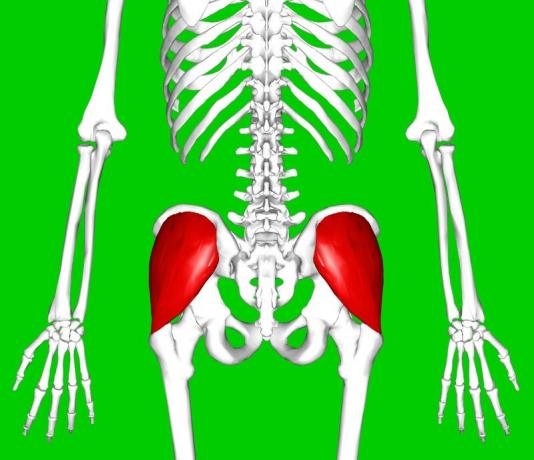Antigravity muscles: what they are, types, characteristics and functions
Whether standing, sitting, pointing, or doing a yoga posture, we need to use various muscles that work against the effects of gravity. The posture, even if it is static, requires the activation of several muscles that counteract the force discovered by Isaac Newton.
The muscles involved in this task are known as antigravity muscles., which we will discover below along with their functions and locations. Read on to learn them.
- Related article: "Muscular system: what it is, parts and functions"
What are antigravity muscles?
The antigravity muscles are a set of muscle groups that allow us to stand up from a lying position. They are so called because their most important function is to support the force of gravity to maintain a certain posture, helping to resist its constant pressure.
Their joint action works synergistically and harmoniously to overcome the gravitational force on our joints and give us stability and balance.
- You may be interested: "Muscle memory: what it is, how it works, and how long it lasts"
Types of antigravity muscles
can we talk about different types of antigravity muscles depending on the type of movement they perform. These might be:
- Downward-moving antigravity muscles: in favor of gravity.
- Upward-moving antigravity muscles: against gravity.
- Antigravity muscles of horizontal movement: perpendicular to the force of gravity.
We can also talk about two types of these muscles depending on the type of action they perform:
- Static muscles: they are usually in a state of constant contraction, and are characterized by being the most suitable for resisting stretching.
- Dynamic muscles: they generate movements from their contraction in the joints. They are more suitable for making movements.
Principal functions
Among the various functions of the antigravity muscles we can highlight the following:
1. postural function
Postural function is the most important of the antigravity muscles. This is due to They are responsible for keeping us in a certain posture.. Although the posture in question is static, this does not mean that several of our muscles are not working. On the contrary, to remain standing, with one arm raised or inclined in a certain way, the postural action of the antigravity muscles is necessary.
- Related article: "Top 11 Spine Diseases"
2. proprioceptive function
Antigravity muscles tell the brain whether we are standing, sitting, or in any other posture thanks to the fact that it has proprioceptors in different body segments that send the information to the cortex cerebral. Namely, these muscles have sensors that send signals to the brain telling it what posture the body is in.
3. tonicity function
antigravity muscles, due to their continuous traction, they are responsible for giving the body a toned appearance if they are worked.
- You may be interested: "Afferent pathway and efferent pathway: the types of nerve fibers"
Specific functions, origin and insertion
Human beings have several antigravity muscles, so we can talk about multiple origins and insertions of these tissues.
1. Antigravity muscles of the thorax and abdomen
The antigravity muscles of the thorax and abdomen are the diaphragm and transversus.
1.1. Diaphragm
The diaphragm is a muscle that divides the thorax from the abdominal cavity, acting as a kind of anatomical partition.. This muscle gives stability and balance to the body and, when it contracts, it increases the emptying of blood found in the liver.
It has various origins because it is composed of several fibers. These are anchored in all the anatomical structures that make up the lower costal opening. Its insertion is a clover-shaped center where all its muscle fibers converge.

- Related article: "Diaphragmatic breathing (relaxation technique): how is it done?"
1.2. Transverse
The transversus is a muscle located below the obliquus abdominis. Its function is to increase intra-abdominal pressure and constriction of the abdomen, which makes this muscle is very necessary to carry out the movements of urination, defecation and exhalation.
It originates from the medial aspect of the fifth and sixth ribs and the costiform processes of the lumbar vertebrae L1-L5. It is inserted in the midline of the body, specifically in the pectineal line (of the chest), pubic crest and the alba line. This anatomical structure is called the Douglas arch.

2. Antigravity muscles of the upper limb
The most notable antigravity muscle of the upper limb is the triceps. This muscle is located on the back of the humerus and its main function is the extension of the forearm and arm.
It is made up of three parts: a long one, which originates in the scapular infraglenoid tubercle; one lateral, originating above the humeral torsion canal; and a medial portion, originating inferior to the humeral torsion canal. All three parts insert on the olecranon through the triceps tendon.

- Related article: "The 9 Muscles of the Arm (Classified and Explained)"
3. Antigravity muscles of the lower limb
The antigravity muscles of the lower limb are the quadriceps femoris, gluteus medius, gluteus maximus, iliopsoas, and hip adductor.
3.1. Quadriceps femoris
The quadriceps femoris is located in the leg, at the height of the femur and its main function is knee extension. It is considered that this is the main antigravity muscle because, thanks to it, we can stand and support our weight.
As with the triceps, the quadriceps femoris is made up of parts, in this case four. the side portion originates from the outer and upper parts of the femur, inserting into the lower part of the greater trochanter; the medial portion originates from the intertrochanteric line going to the linea aspera of the femur, inserting on the patella; the intermediate originates from the upper two thirds of the lateral aspect of the femur, and the anterior portion originates from the anterior inferior iliac spine and the acetabular brow.
All portions of the quadriceps femoris join at the most distal part of the femur, forming a large tendon that attaches to the base and sides of the patella.

3.2. gluteus medius
The function of the gluteus medius is the abduction and rotation of the femur.. This buttock originates from the lateral border of the iliac crest, the external iliac fossa, the gluteal aponeurosis, and the anterior superior iliac spine. It inserts on the external aspect of the greater trochanter.

3.3. gluteus maximus
The gluteus maximus located at the level of the iliac crests. It has several functions, the most notable being the flexion of the thigh on the pelvis and the recovery of the erect position from the crouched position. It originates from the upper two-thirds of the external iliac fossa, the coccyx, the sacroiliac ligaments, and the upper part of the sacrum. It is inserted in the rough line, at the height of its trifurcation.

- Related article: "The 10 psychological benefits of practicing physical exercise"
3.4. Iliopsoas
The iliopsoas is a muscle whose main action is hip flexion. Its origin can be found in the transverse process of lumbar vertebrae and internal iliac fossa and its insertion is the lesser trochanter of the femur.

3.5. hip adductor
As the last antigravity muscle on the list, we are talking about the hip adductor, which is made up of two bellies, being triangular in shape on the thigh. It is responsible for the retroversion of the pelvis, keeping the spine stable. At the height of the femur, it acts as an adductor and internal rotator.

The hip adductor originates at the level of the pelvis, in the posterior two-thirds of the ischiopubic ramus. One of its bellies inserts into the linea aspera of the femur, while the other inserts into the posterior aspect of the medial condyle of the femur.
